I have an RSQL grammar defined:
grammar Rsql;
statement
: L_PAREN wrapped=statement R_PAREN
| left=statement op=( AND_OPERATOR | OR_OPERATOR ) right=statement
| node=comparison
;
comparison
: single_comparison
| multi_comparison
| bool_comparison
;
single_comparison
: key=IDENTIFIER op=( EQ | NE | GT | GTE | LT | LTE ) value=single_value
;
multi_comparison
: key=IDENTIFIER op=( IN | NIN ) value=multi_value
;
bool_comparison
: key=IDENTIFIER op=EX value=boolean_value
;
boolean_value
: BOOLEAN
;
single_value
: boolean_value
| ( STRING_LITERAL | IDENTIFIER )
| NUMERIC_LITERAL
;
multi_value
: L_PAREN single_value ( COMMA single_value )* R_PAREN
| single_value
;
TRUE: 'true';
FALSE: 'false';
AND_OPERATOR: ';';
OR_OPERATOR: ',';
L_PAREN: '(';
R_PAREN: ')';
COMMA: ',';
EQ: '==';
NE: '!=';
IN: '=in=';
NIN: '=out=';
GT: '=gt=';
LT: '=lt=';
GTE: '=ge=';
LTE: '=le=';
EX: '=ex=';
IDENTIFIER
: [a-zA-Z_] [a-zA-Z_0-9]*
;
BOOLEAN
: TRUE
| FALSE
;
NUMERIC_LITERAL
: DIGIT+ ( '.' DIGIT* )? ( [-+]? DIGIT+ )?
| '.' DIGIT+ ( [-+]? DIGIT+ )?
;
STRING_LITERAL
: '\'' ( STRING_ESCAPE_SEQ | ~[\\\r\n'] )* '\''
| '"' ( STRING_ESCAPE_SEQ | ~[\\\r\n"] )* '"'
;
STRING_ESCAPE_SEQ
: '\\' .
;
fragment DIGIT : [0-9];
No matter how I attempt to parse this (listener/visitor), the statements with parenthesis always get evaluated in order. It is my understanding that the order in the rule would be the precedence. However, the parse tree for a statement like "name==foo,(name==bar;age=gt=35)" is always
no matter where the parenthesis appear. Please help me discover what I'm missing. Thanks!
